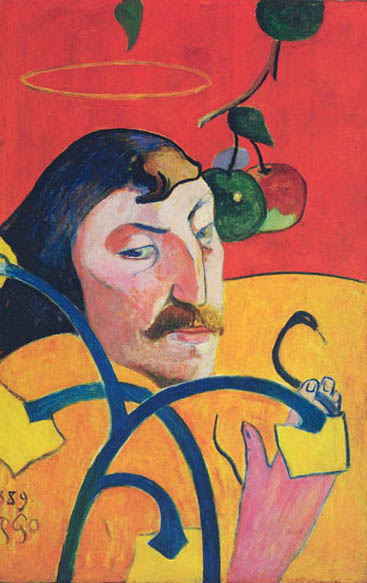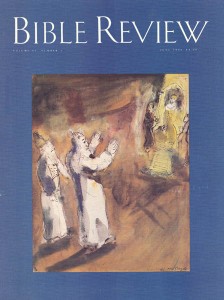
Paul Gauguin and Vincent van Gogh—whose brilliant coloring and radically individualized symbolism changed the way we view art—each painted portraits of themselves as Christ. Although Gauguin the Frenchman (1848–1903) and Van Gogh the Dutchman (1853–1890) were contemporaries and even lived together for a time, their self-portraits as Christ have vastly different meanings.
In his “Self-Portrait with a Halo,” the hedonistic and egotistical Gauguin exploited the iconography of the Christ figure to emphasize his own sense of divinity and lordship over others. In his “Pietà,” the severely ascetic and humble Van Gogh identified in a profoundly personal way with Christ, the Man of Sorrows. Thus, although both artists employ similar religious symbolism, their different personalities and views of the world resulted in two very distinct and unique paintings.
Already a library member? Log in here.
Institution user? Log in with your IP address.

